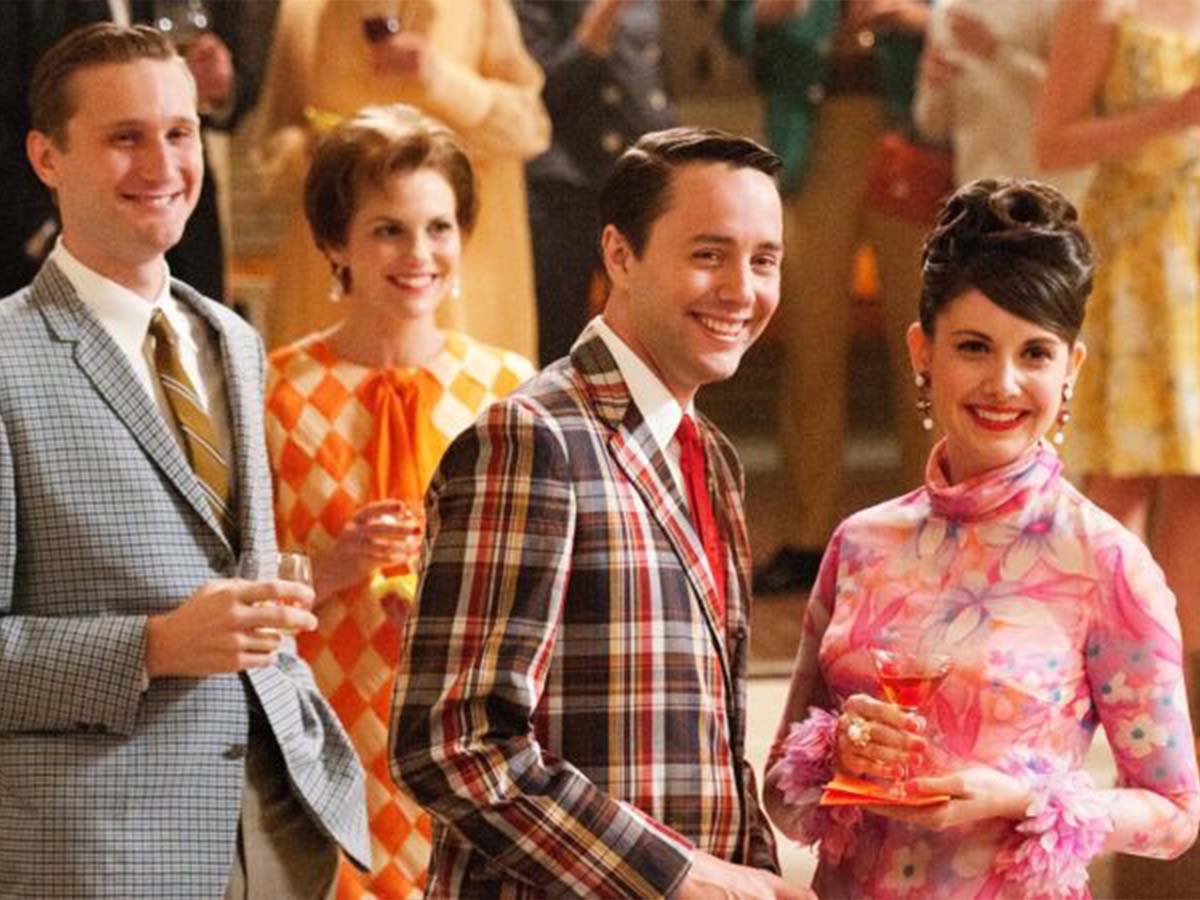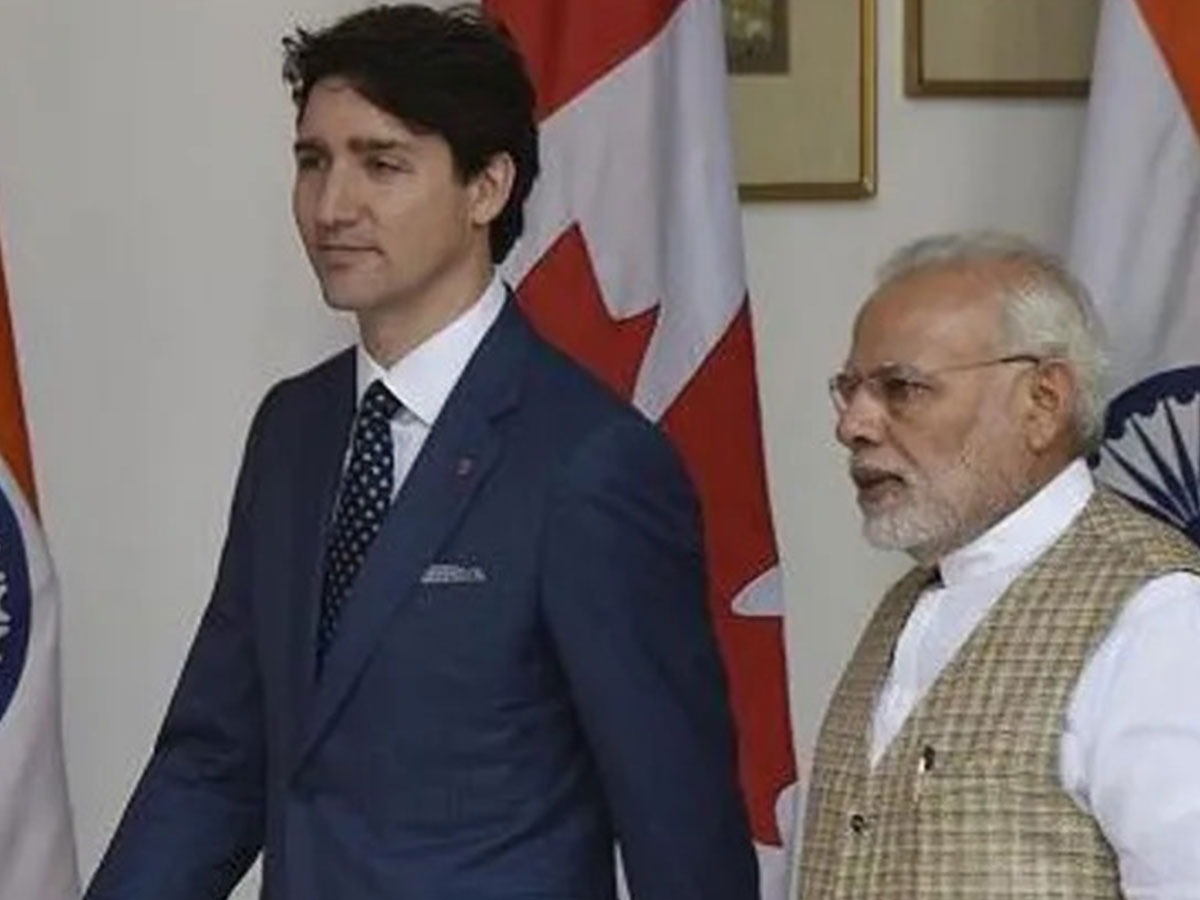
The Journey of a Humble Indian Fabric to Luxury Status in 1960s America
On the cover of Lisa Birnbach’s “The Official Preppy Handbook,” a tongue-in-cheek 1980s guide to looking, acting, and thinking like a US prep school elite, a border pattern showcases a fabric synonymous with casual American luxury: madras.
This colourful plaid cotton cloth has been a staple for brands like Ralph Lauren and Brooks Brothers for decades. Picture light summer dresses, shirts, and shorts worn at the country club or on sailing holidays in the Bahamas, typically complemented by a pair of leather boat shoes.
However, this hallmark of preppy American fashion has humble beginnings, far removed from Martha’s Vineyard or the prestigious halls of Yale or Harvard, in Chennai, India. Formerly known as Madras during British rule, the coastal city lent its name to the fabric. Originally worn by Indian labourers, madras almost sparked a corporate scandal for American textile importer William Jacobson in 1958 due to their tendency to bleed when washed with strong detergents in high-powered machines.
“The fascinating thing was that with every wash, the colours bled into each other. And they didn’t do it badly. They bled in a very ‘design’ kind of way,” said Bachi Karkaria, author of “Capture the Dream: The Many Lives of Captain C.P. Krishnan Nair,” a biography of the Indian textile magnate and hotelier who first sold Jacobson the madras. “This is what attracted Jacobson,” she explained in a video interview with CNN.
In her book, Karkaria narrates the story of the pivotal meeting between Jacobson and Nair, highlighting how Nair enthusiastically pitched the unique selling points of madras fabric. The fabric was crafted using lightweight 60-count yarn for the warp (threads held in place on the loom) and slightly heavier 40-count yarn for the weft (threads woven horizontally through the warp). It was then dyed using natural substances like laterites, indigo blue, turmeric, and local sesame seed oil, which imparted a distinctive scent to the cloth. By the 1950s, madras had already gained popularity in West Africa, where it was used to make vibrant gowns for weddings and celebrations.

A unique selling point
The most compelling quality that Nair pitched to Jacobson, Karkaria said, was the fabric’s inherent “weakness-as-strength” — its propensity to bleed with every wash, which created a new pattern and essentially a “new” garment each time. They agreed on a dollar-a-yard deal (equivalent to about $10 per yard today), and an immediate shipment of 10,000 yards was entirely bought by Brooks Brothers, who transformed it into sporty jackets, shirts, and shorts.
“Laidback post–World War II baby boomers couldn’t have enough,” she wrote, noting that shelves stocked with madras clothing were emptied within a week.
In his excitement, however, Jacobson neglected to inform Brooks Brothers about the fabric’s bleeding characteristic. Without proper care instructions, buyers soon found their madras garments bleeding not only into their checks but also onto other clothes washed along with them. Complaints and lawsuits poured in. “All hell broke loose,” Karkaria wrote, as the unexpected bleeding turned into a public relations nightmare.

One of New York’s original “Mad Men,” British advertising tycoon David Ogilvy, was brought in to salvage the situation. Ogilvy ingeniously coined the tagline “Guaranteed to Bleed,” turning the fabric’s flaw into a unique selling point. The publicity campaign included an eight-page advertorial in Seventeen magazine on the “miracle handwoven fabric from India,” featuring an interview with Nair.
Students in madras blazers walking around the Milton Academy campus in Milton, Massachusetts in 1966.
Students in madras blazers walk around the Milton Academy campus in Milton, Massachusetts, in 1966. Leonard McCombe/The LIFE Picture Collection/Shutterstock
The campaign worked. “Naturally, all the other prêt labels cottoned on and made it part of their summer collections,” Karkaria wrote. From the brink of a PR disaster, Ogilvy had transformed madras garments into must-have items for America’s affluent jet set, cementing the fabric’s place in preppy American fashion.
Yale Links and the Making of an Icon

Although Ogilvy, Nair, and Jacobson propelled Madra’s fabric into American superstardom during the 1960s, its connection with the Ivy League dates back centuries to Elihu Yale. Yale, the colonial administrator of the East India Company’s Fort St. George outpost in Chennai (then Madras), and the primary benefactor of Yale College, played a pivotal role in this fabric’s legacy.
A 1961 advertisement by Ogilvy for the American men’s shirt brand Hathaway claims that Yale University was founded thanks to “three trunks of India Madras” donated by Yale. According to the ad, Yale, who amassed much of his fortune through the East India Company in the late 17th century, sent “unusual cotton fabrics that the Indian cottagers made” to be sold or “otherwise improved” to benefit the college. The advertisement claims that the proceeds from these sales were used to finish the buildings of the new college, which was subsequently named after Yale.
Despite this promotional claim, Yale’s legacy is complex and controversial. He built his wealth on exploitative trades, including textiles and diamonds, and while there was no direct evidence of him owning slaves, he profited from the slave trade. Nonetheless, Yale’s fabric donation played a role in the eventual rise of madras fabric as a symbol of American prep culture.
The fabric’s history predates Yale’s involvement. Contrary to some beliefs, madras was not directly inspired by Scottish tartans but was unique in its composition and style. Records show that Portuguese merchants traded Indian madras in North Africa and the Middle East as far back as the 13th century. In Nigeria, the Kalabari people used it for dresses, headdresses, and during religious rituals. These traditions, along with the fabric itself, likely persisted among West African slaves brought to America.
Madras and the Caribbean

In the 17th century, Fort St. George helped the British establish a monopoly on the Indian textile industry. The fabric was traded along with enslaved Africans, reaching the West Indies. Due to protectionist policies in England and France, which banned the sale of madras in their countries to support domestic textile industries, the fabric was primarily sold in the Caribbean. Madras became a staple for both free and enslaved Black people, particularly women, who used brightly coloured madras headdresses to defy sumptuary laws in the Caribbean and New Orleans, which mandated plainness as a sign of inferiority.
By the mid-1930s, madras became intertwined with Ivy League culture. Students from schools like Yale and Princeton travelled to Bermuda for rugby tournaments, leisure, and shopping. They bought Madras Bermuda shorts, blazers, and other items, linking the fabric to prestigious East Coast schools and vacation locales. Madras soon became a symbol of American preppy fashion, adopted into wardrobes ranging from casual summer wear to upscale accessories.
Today, madras fabric is less prevalent in mainstream fashion, with trends leaning towards “quiet luxury” and more subdued aesthetics. The updated guide to the preppy lifestyle, “True Prep: It’s a Whole New Old World” by Lisa Birnbach, reflects this shift by replacing its original Madras border with a stripe pattern.
Madras’ journey from the streets of Chennai to the wardrobes of America’s elite showcases a rich tapestry of cultural exchange, colonial history, and fashion evolution. Despite its decline in ubiquity, madras remains a vibrant part of the legacy of American prep culture.




